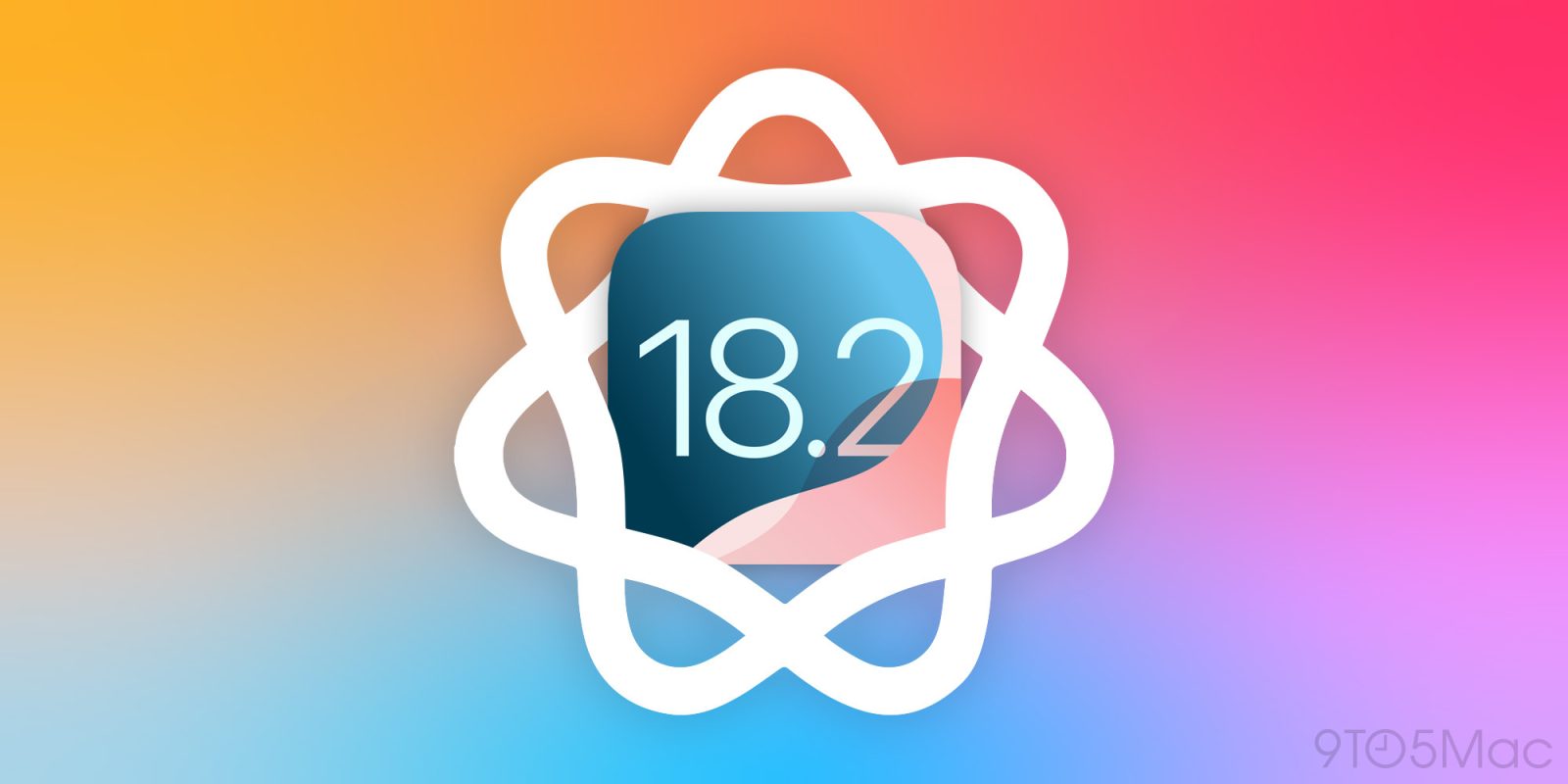Lindsay Hubbard defends monetizing pregnancy after making more than $100K in brand deals this year




















Police found nearly 50 packages dumped in Bonifay, Florida

© Holmes County Sheriff’s Office
Bree Dunbar
When it comes to your gut health, eating enough fiber is crucial.
Emily Leeming, a dietitian and gut microbiome researcher at King's College London, told Business Insider how to improve.
From our immune system to our emotions, a growing body of research suggests that the state of our gut health affects the whole body.
The gut microbiome, the trillions of "good" and "bad" microbes that live in the digestive lining, is heavily shaped by what we eat, said Leeming, the author of "Genius Gut: The Life-Changing Science of Eating for Your Second Brain."
The Dietary Guidelines for Americans recommends adults eat 14g of fiber per 1,000 calories. They say more than 90% of women and 97% of men do not.
Leeming, who used to work as a private chef, takes a simple approach to meeting her daily fiber goal, while keeping her meals tasting good.
She shared four tips for easily adding more fiber to your diet.
Leeming knows which foods are particularly high in fiber and she makes sure to add them to her shopping list.
"There are high-fiber foods that probably surprise people like dark chocolate and avocados," she said. One avocado is about 10 grams of fiber, and two pieces of dark chocolate contain about two grams.
Leeming focuses on what she calls the "B-G B-Gs," which stands for beans, greens, berries, grains, and seeds.
"It's the beans, whole grains, nuts and seeds that tend to contain more fiber than the fruits and vegetables," she said, adding that fruits and veggies are of course still important.
She said berries tend to be higher in fiber than other fruits because they contain seeds.
Wholegrains such as oats, quinoa, wild rice, and wholemeal bread, are great sources of fiber, Leeming said. Opting for a wholegrain such as brown rice over its white counterpart is an easy swap that will up your fiber intake, she said.
"I absolutely love pasta. So I do wholegrain pasta," she said. Leeming also adds legumes such as beans or lentils to dishes to up the fiber content even more.
"I'm a really big fan of beans and lentils with tomato sauce and some green veggies or maybe a salad on the side," she said.
Sprinkling some mixed nuts and seeds over a dish is a quick way to add some more fiber into your day.
"You can add them to anything. It could be your breakfast in the morning, it could be a salad that you've just made," Leeming said.
Chia seeds and flax seeds are particularly high in fiber, she said. Chia seeds contain about 30 grams of fiber per 100 grams, and 20 grams of flax seeds provide about 6 grams of fiber.
Leeming also keeps a jar of mixed nuts by her kettle so that she can snack on them when she goes to make a cup of tea.
"The things that I want to eat more of, I keep in my line of sight. That just visually prompts you to go for them as a first step," she said.

iOS 18.2 came packed with a lot of big and small changes. One smaller update that’s flown under the radar is a faster way to message Siri or ChatGPT. Here’s how it works.
more…